Despite global efforts to protect wildlife, some endangered animals are still hunted today. This article highlights the surprising cases of these vulnerable species that face threats from poaching and illegal hunting. Discover the shocking reality behind the continued pursuit of these incredible creatures and the urgent need for conservation.
African Elephants
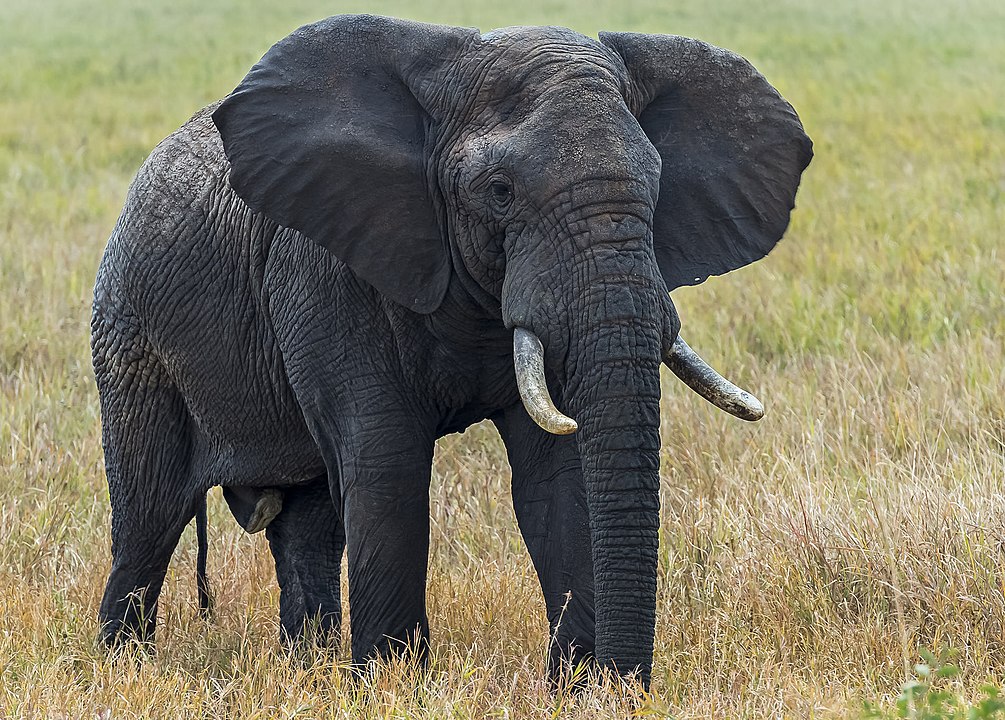
African elephants are hunted for their ivory tusks, which are highly valued in illegal markets. Despite international bans, poaching continues, driven by demand for ivory in Asia. The loss of these majestic creatures not only threatens their survival but also disrupts ecosystems, as elephants play a crucial role in their habitats.
Rhinos
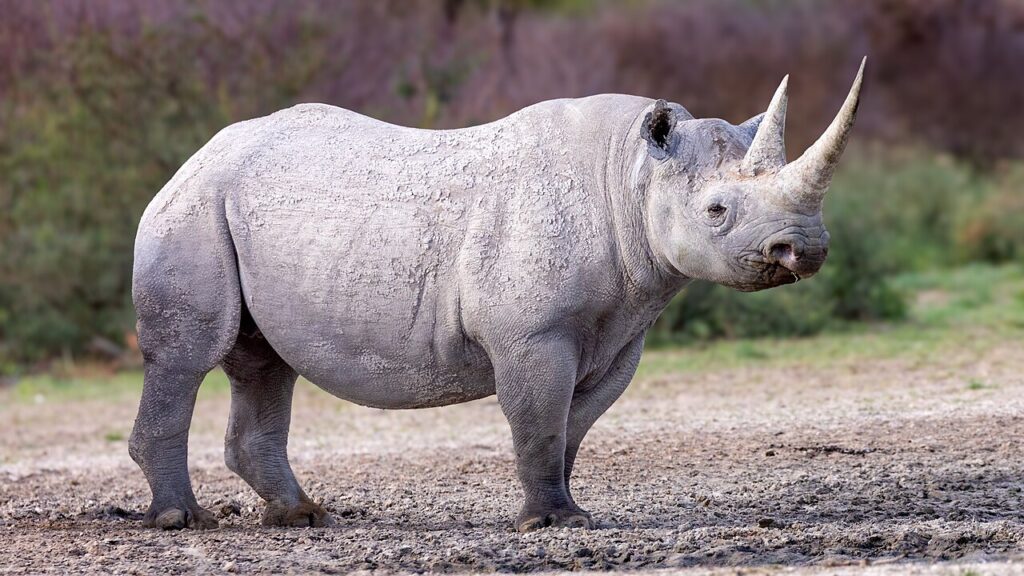
Rhinos are targeted for their horns, believed to have medicinal properties in traditional Asian medicine. The high market value of rhino horns makes them a prime target for poachers, pushing species like the black rhino and white rhino closer to extinction. Conservation efforts struggle against sophisticated poaching networks.
Tigers
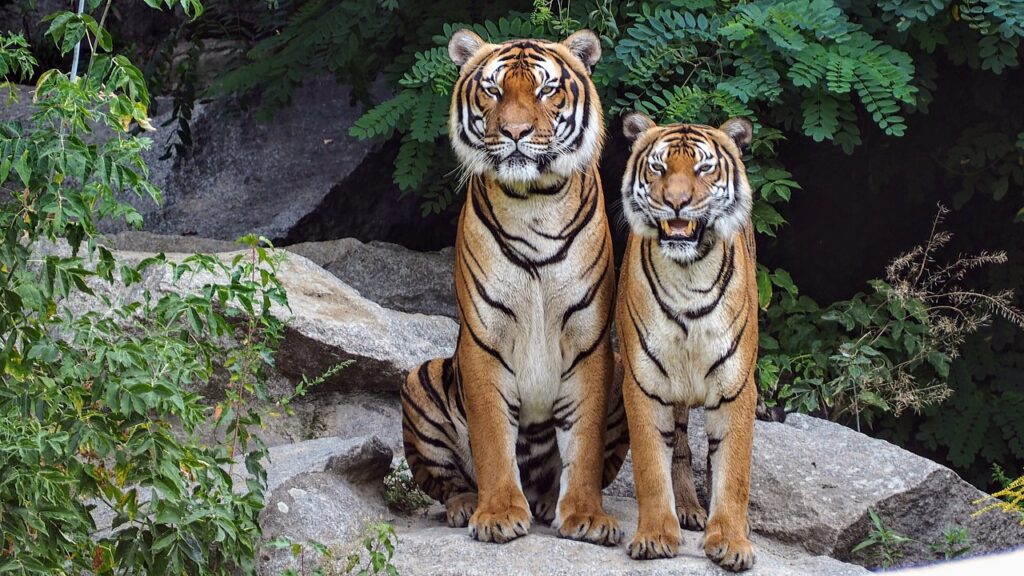
Tigers are hunted for their skins, bones, and other body parts, used in traditional medicine and as status symbols. The illegal wildlife trade and habitat loss have decimated tiger populations across Asia. Despite protective laws, poaching remains a significant threat, driving tigers towards the brink of extinction.
Pangolins
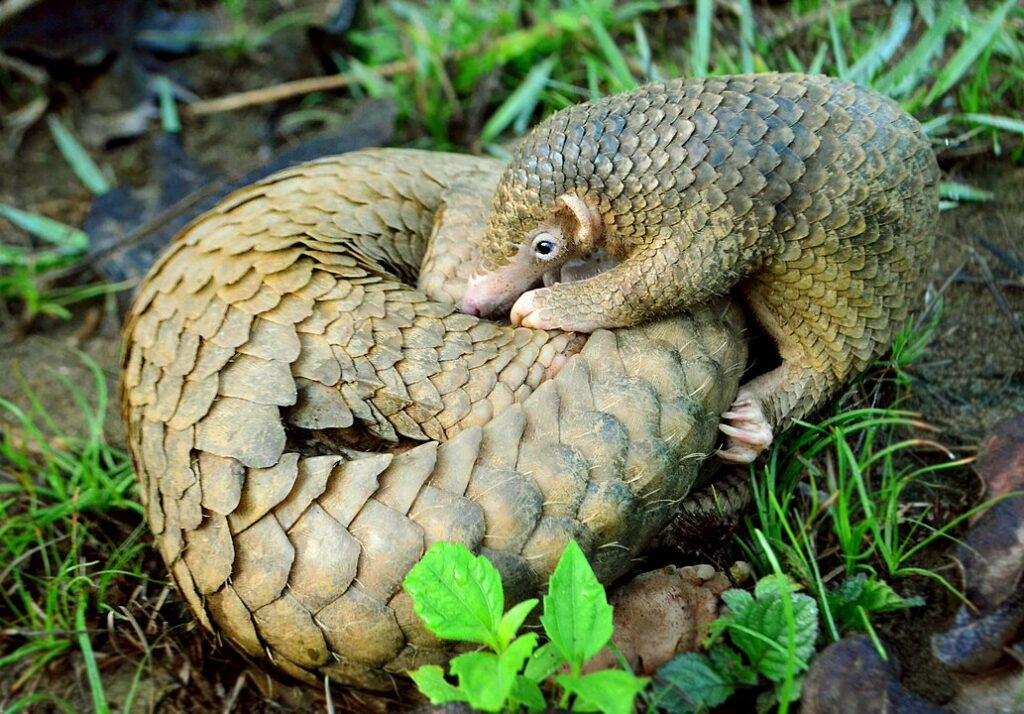
Pangolins are the most trafficked mammals in the world, hunted for their scales and meat. Their scales are used in traditional medicine, while their meat is considered a delicacy in some cultures. All eight species of pangolins are now threatened, with some critically endangered due to relentless poaching.
Snow Leopards
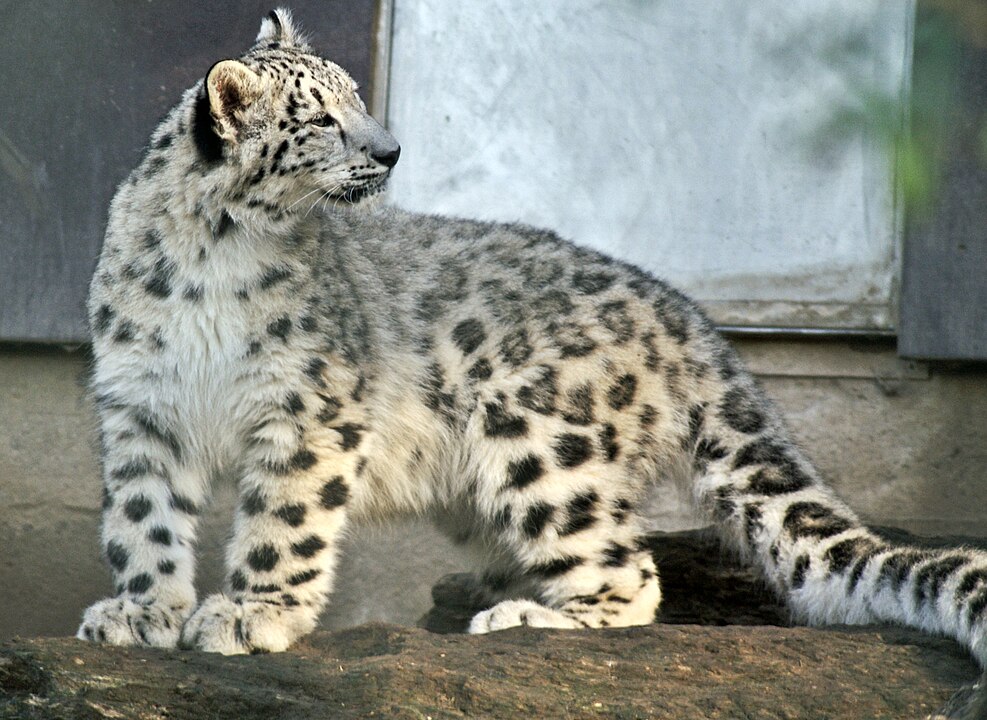
Snow leopards are poached for their beautiful fur and bones, which are used in traditional Asian medicine. Habitat loss and human-wildlife conflict exacerbate their decline. The elusive nature of snow leopards makes it difficult to protect them, and poaching continues to pose a severe threat.
Sea Turtles
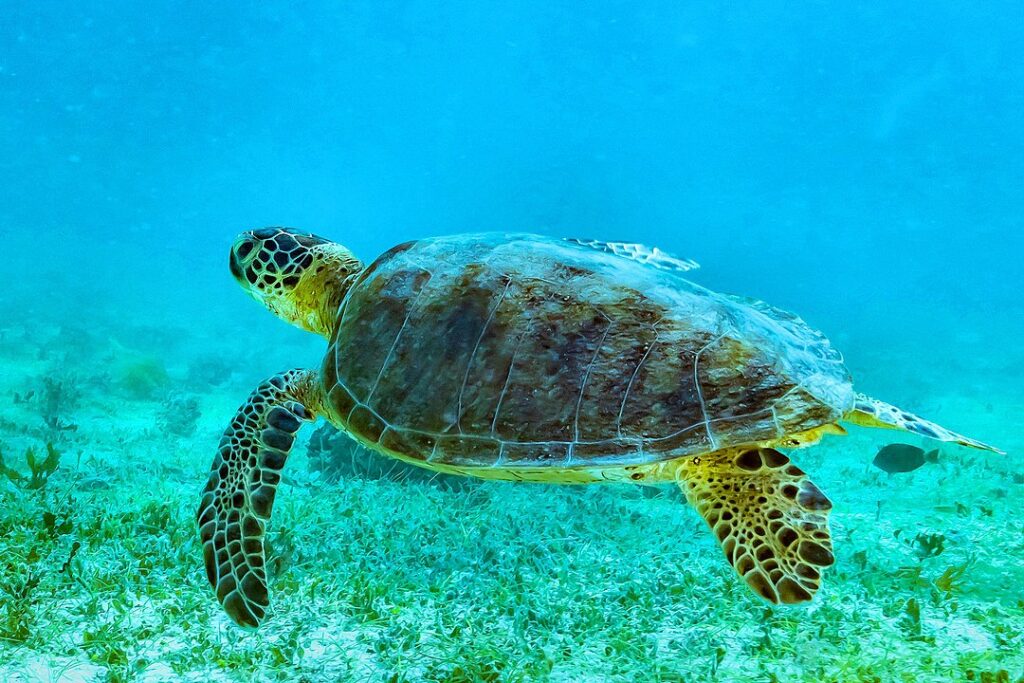
Sea turtles are hunted for their shells, meat, and eggs. The shells are used to make jewelry and ornaments, while the meat and eggs are consumed as delicacies. All seven species of sea turtles are endangered or threatened, with poaching significantly impacting their populations.
Gorillas
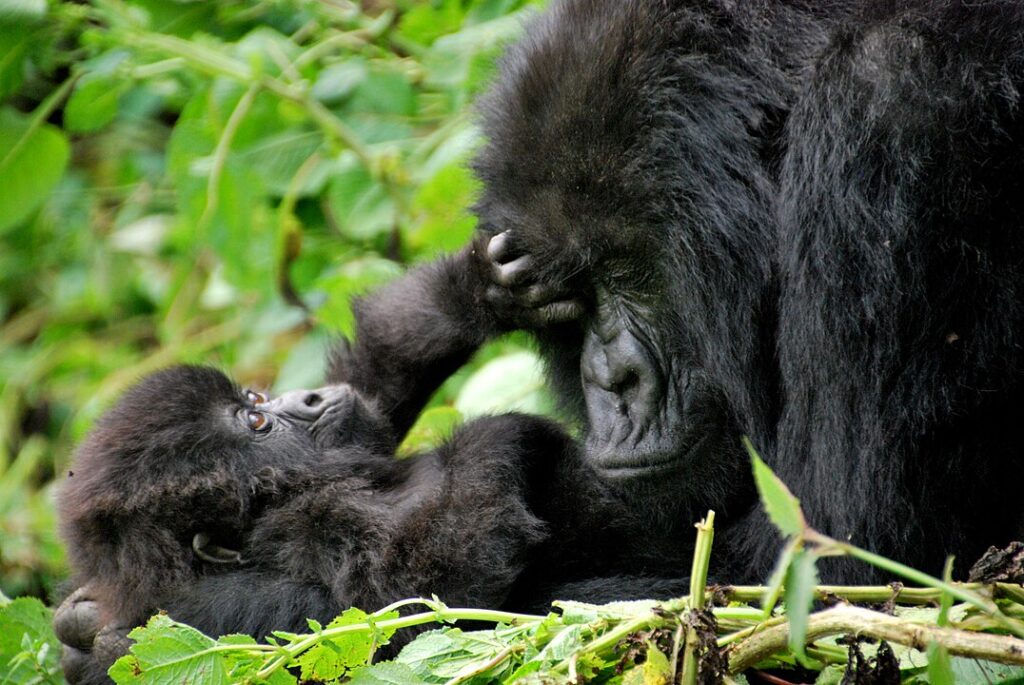
Gorillas are hunted for bushmeat and body parts, sometimes used in traditional medicine. Habitat destruction and human encroachment increase their vulnerability. The illegal wildlife trade, coupled with diseases like Ebola, has severely reduced gorilla populations, pushing them closer to extinction.
Vaquitas
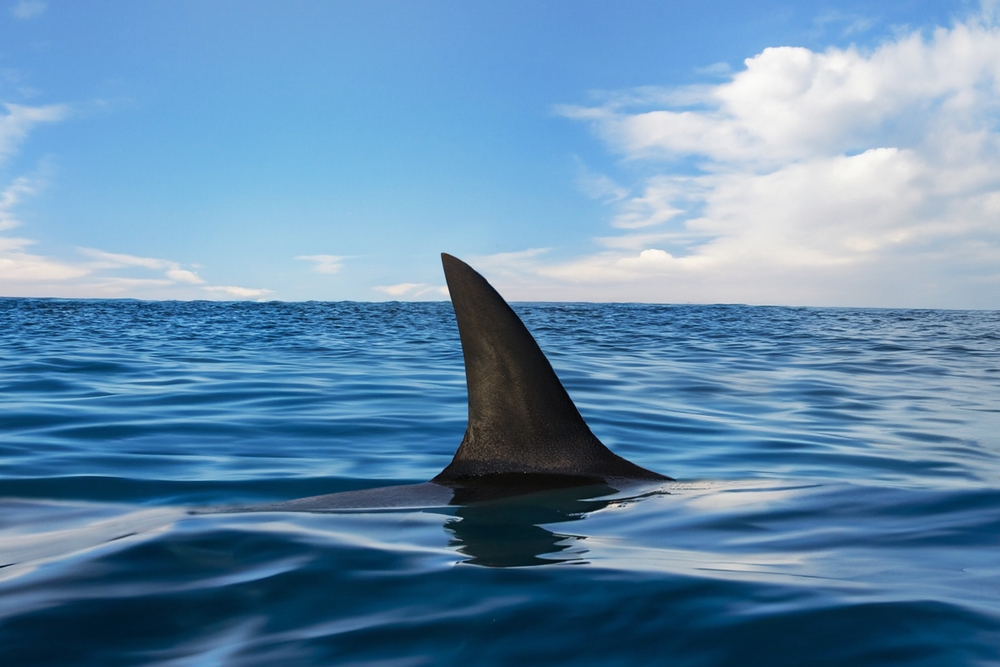
The vaquita, a small porpoise native to the Gulf of California, is critically endangered due to illegal fishing practices. They are often caught in gillnets set for the totoaba fish, whose swim bladders are highly prized in China. With fewer than 10 individuals left, the vaquita is on the brink of extinction.
Orangutans
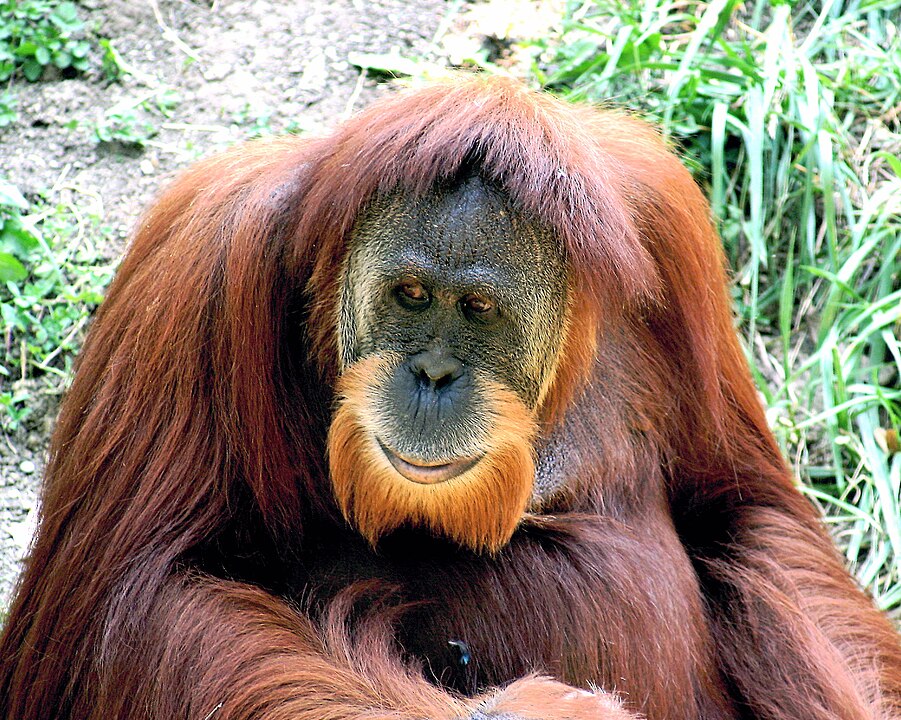
Orangutans are hunted for their meat and captured for the illegal pet trade. Deforestation and habitat loss further threaten their survival. Found only in Borneo and Sumatra, these great apes are critically endangered, with hunting and habitat destruction leading to significant population declines.
Hawksbill Turtles
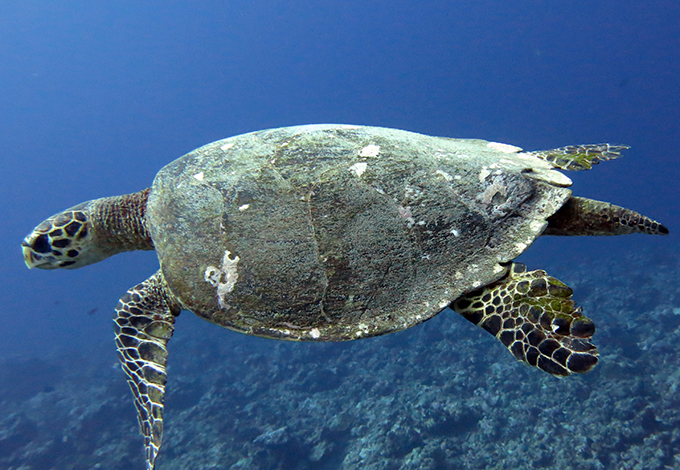
Hawksbill turtles are targeted for their stunning shells, used to make tortoiseshell products. Despite legal protections, illegal trade persists, driven by high demand. This exploitation, combined with habitat loss and climate change, has made hawksbill turtles critically endangered.
African Wild Dogs
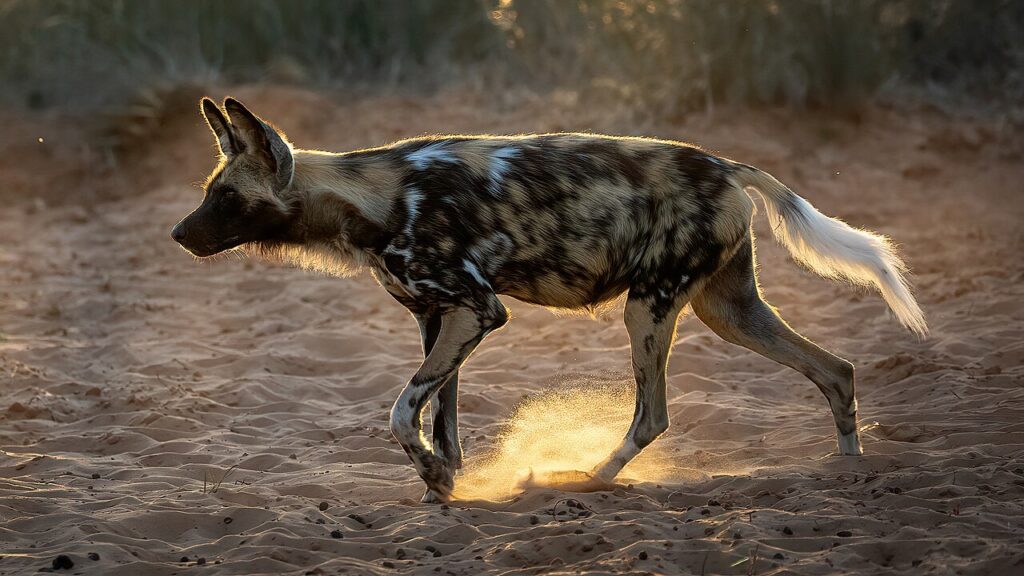
African wild dogs are hunted due to conflicts with humans, particularly farmers protecting livestock. They are also targeted for sport. Habitat fragmentation and disease further threaten their populations, making them one of the most endangered carnivores in Africa.
Sumatran Elephants
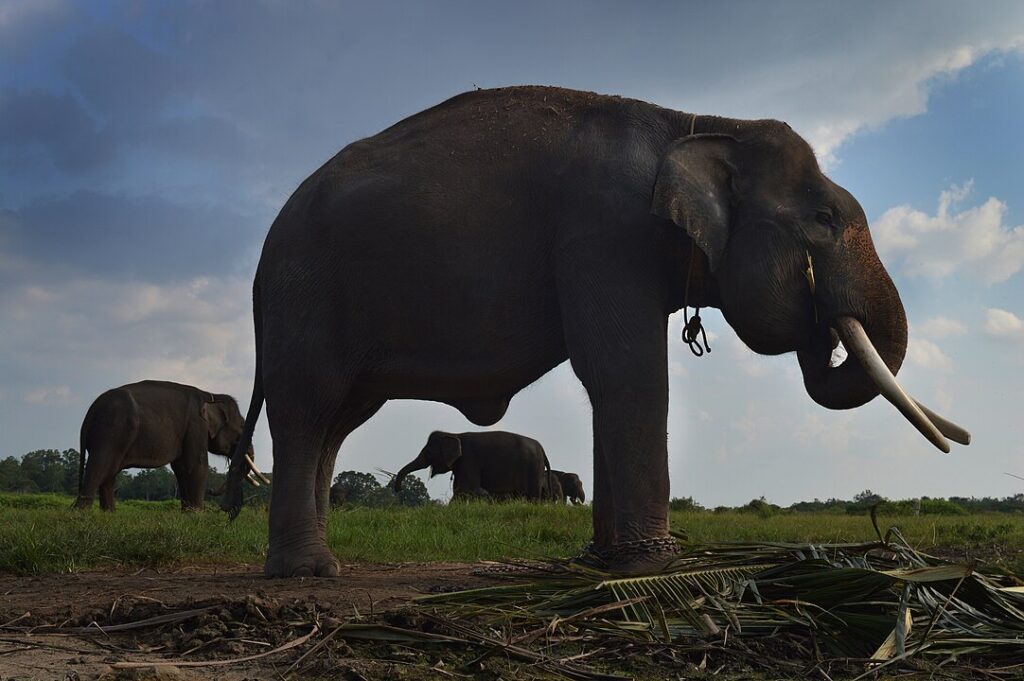
Sumatran elephants are poached for their ivory and sometimes killed in human-wildlife conflicts. Their habitat is rapidly disappearing due to deforestation for palm oil plantations. This dual threat of poaching and habitat loss has pushed them to the brink of extinction.
Saiga Antelopes
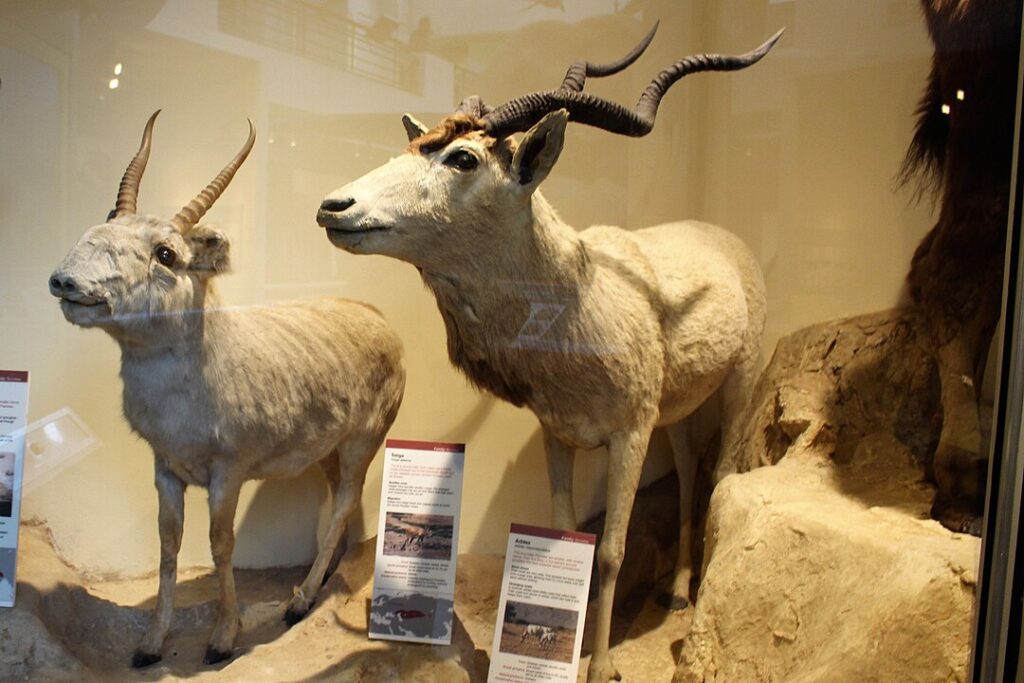
Saiga antelopes are hunted for their horns, used in traditional Chinese medicine. Poaching, combined with disease outbreaks, has drastically reduced their numbers. Once abundant across the Eurasian steppes, saiga populations have plummeted, leaving them critically endangered.
Jaguars
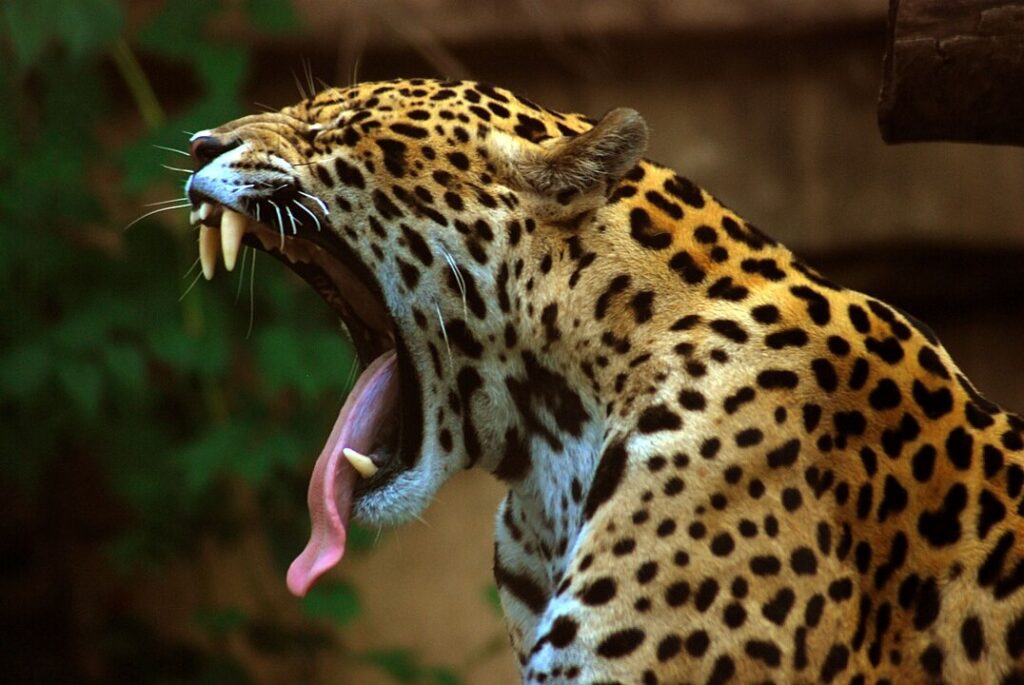
Jaguars are hunted for their pelts, teeth, and bones, often used in traditional medicine and as status symbols. Habitat destruction and human-wildlife conflict also pose significant threats. This apex predator’s population is declining, particularly in Central and South America.
Borneo Pygmy Elephants
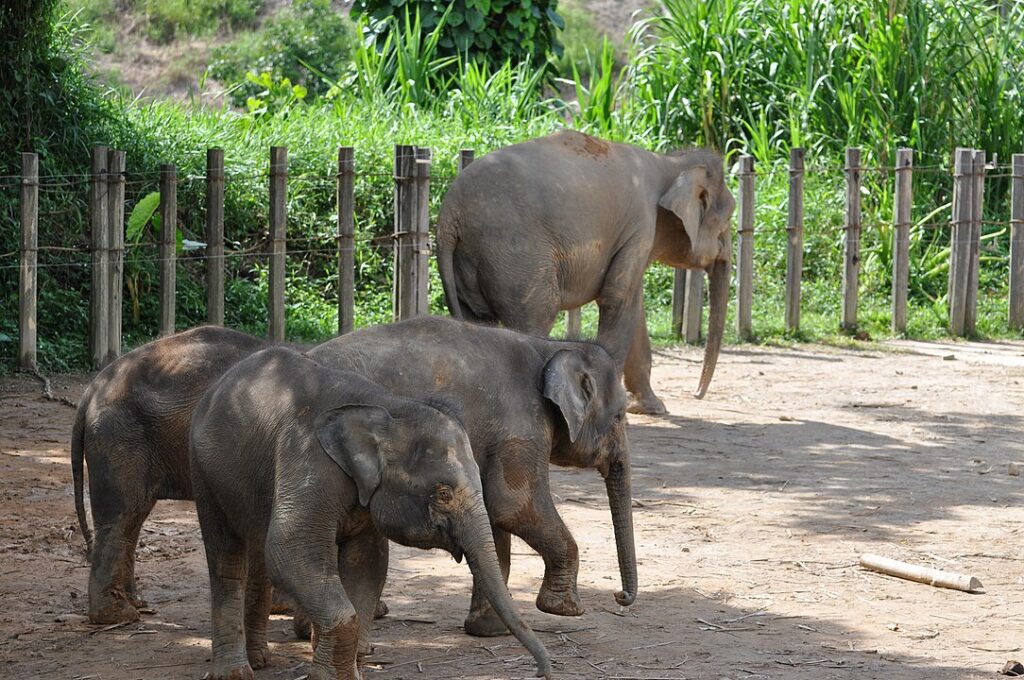
Borneo pygmy elephants are hunted for their tusks and killed in conflicts with humans. Their forest habitats are being destroyed for agriculture, particularly palm oil plantations. This combination of poaching and habitat loss has led to their critically endangered status.
Siberian Tigers
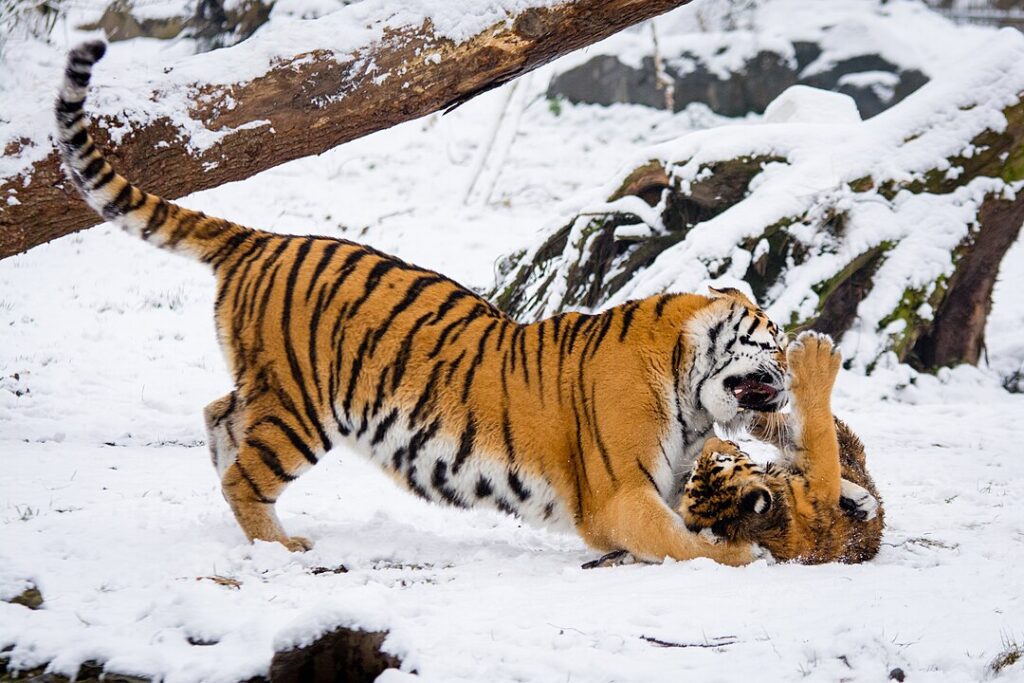
Siberian tigers are hunted for their fur and body parts, which are used in traditional Chinese medicine. They also face habitat loss due to logging and human encroachment. Despite being one of the largest tiger subspecies, their population remains perilously low.
Mountain Gorillas
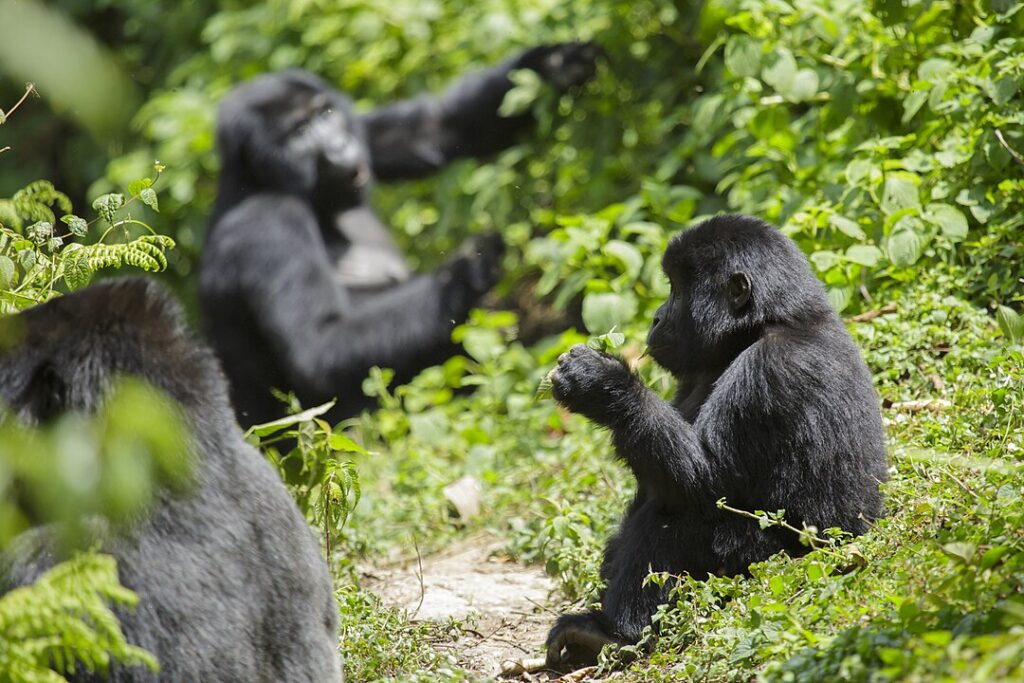
Mountain gorillas are targeted by poachers for bushmeat and trophies. They also suffer from habitat destruction and human-wildlife conflict. Intensive conservation efforts have helped stabilize some populations, but they remain critically endangered.
Green Sea Turtles
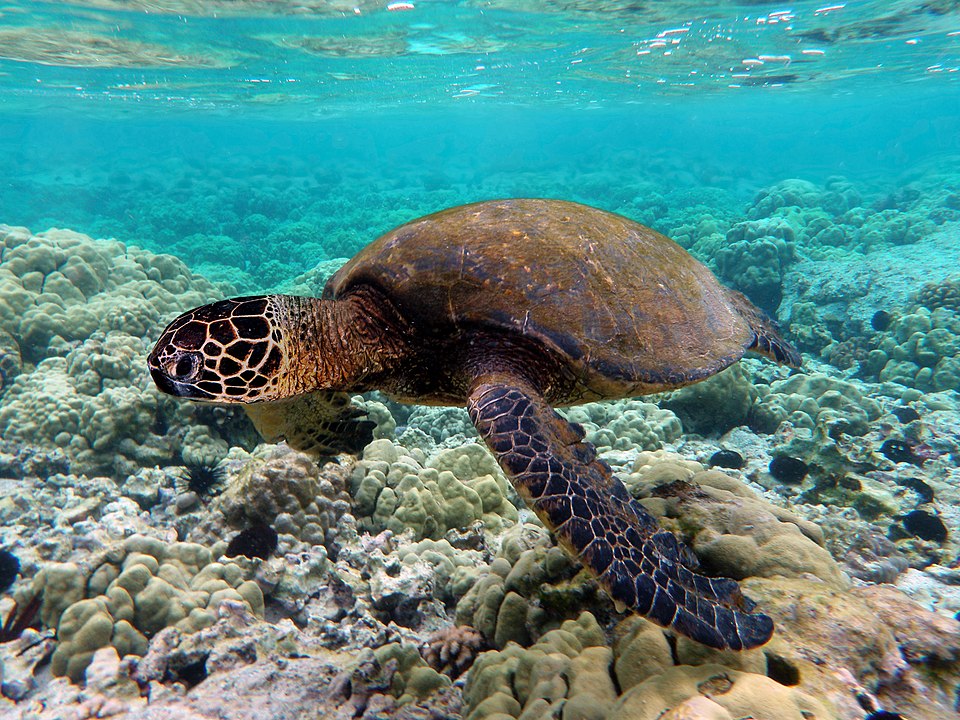
Green sea turtles are hunted for their meat, shells, and eggs. Despite international protections, illegal poaching continues, driven by demand for turtle products. Habitat loss and climate change further threaten their survival, making conservation efforts increasingly urgent.
Leopards
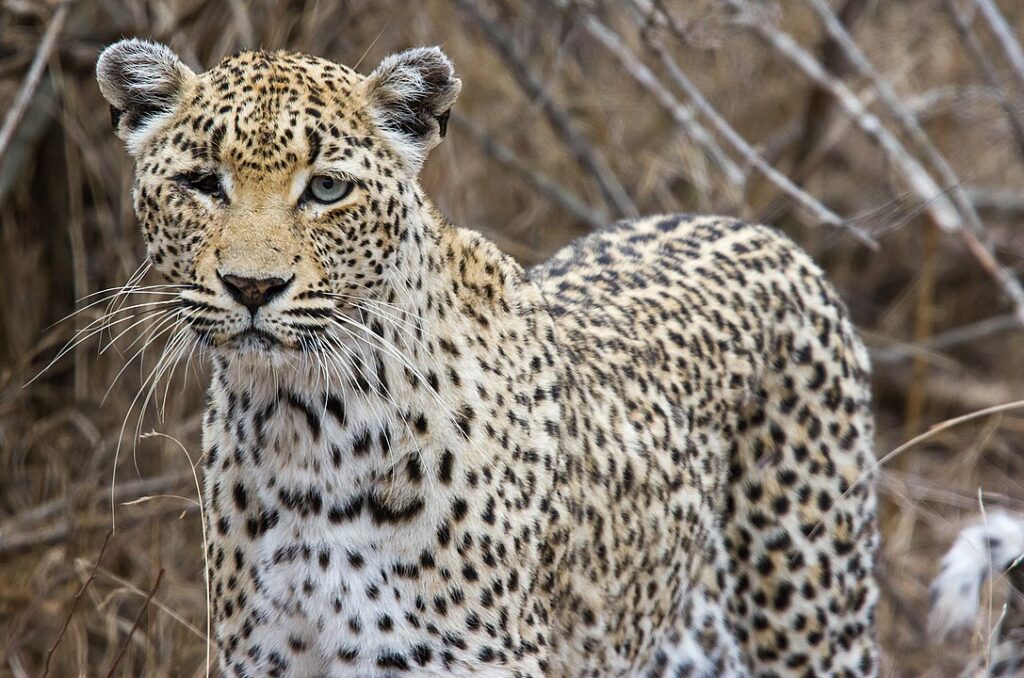
Leopards are hunted for their skins, bones, and other body parts, used in traditional medicine and as trophies. They also face habitat loss and conflict with humans. Widespread throughout Africa and Asia, leopard populations are declining due to these pressures.
Asiatic Black Bears
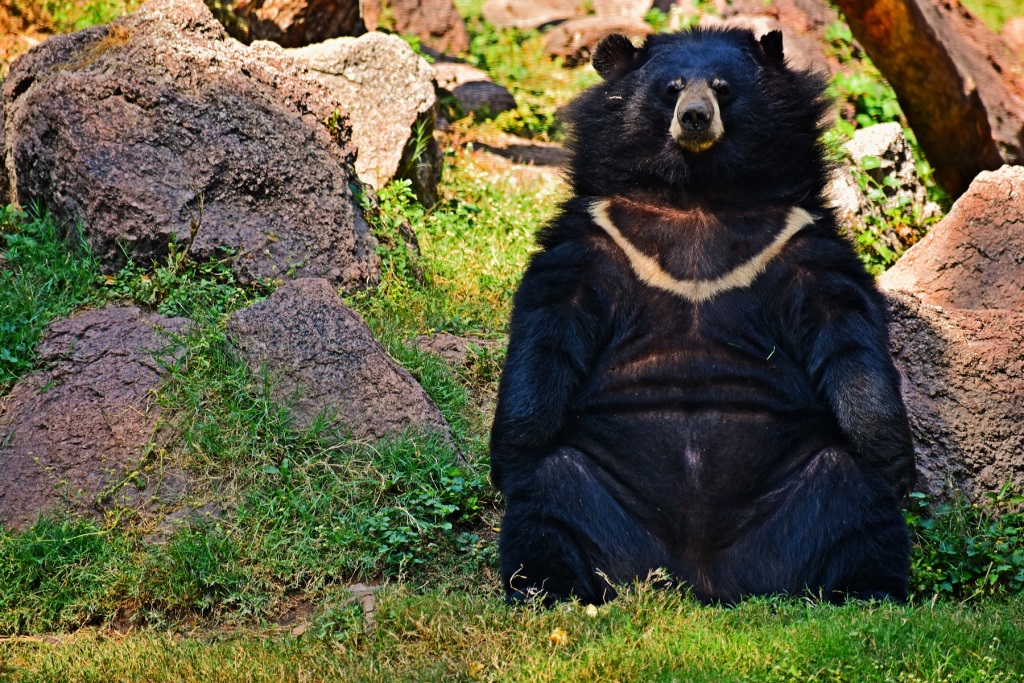
Asiatic black bears are poached for their bile, used in traditional medicine. They also face habitat destruction and human conflict. Their populations have significantly declined, and they are now listed as vulnerable, with some subspecies critically endangered.
Sharks
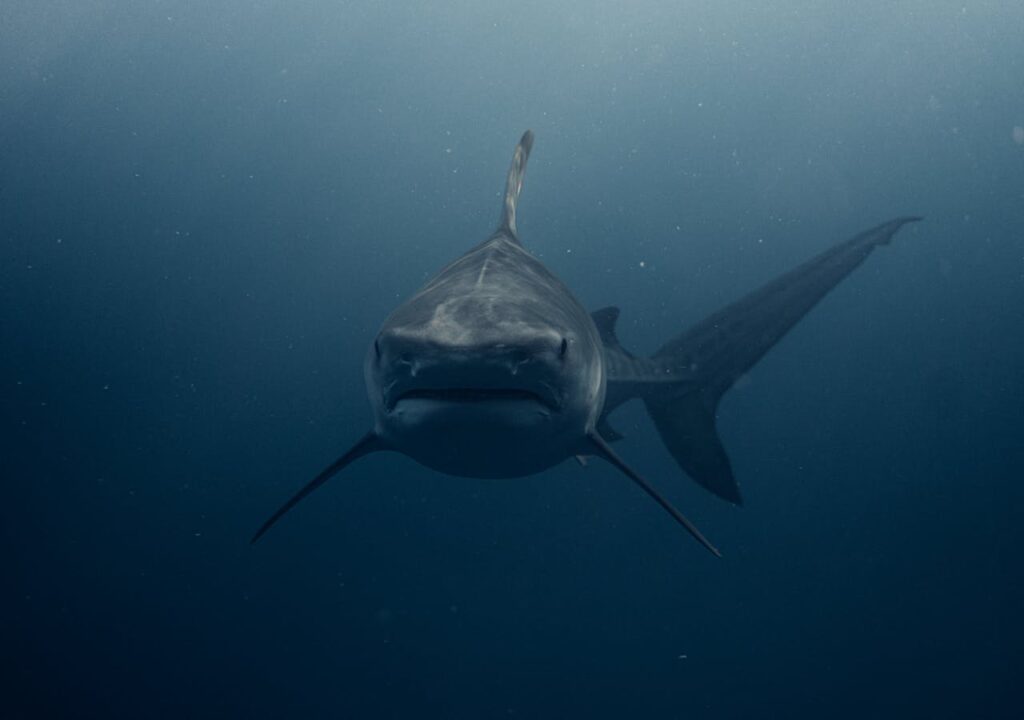
Many shark species are hunted for their fins, used in shark fin soup, and their meat. Overfishing and bycatch also pose significant threats. This exploitation has led to drastic declines in shark populations, disrupting marine ecosystems and threatening their survival.
Amur Leopards
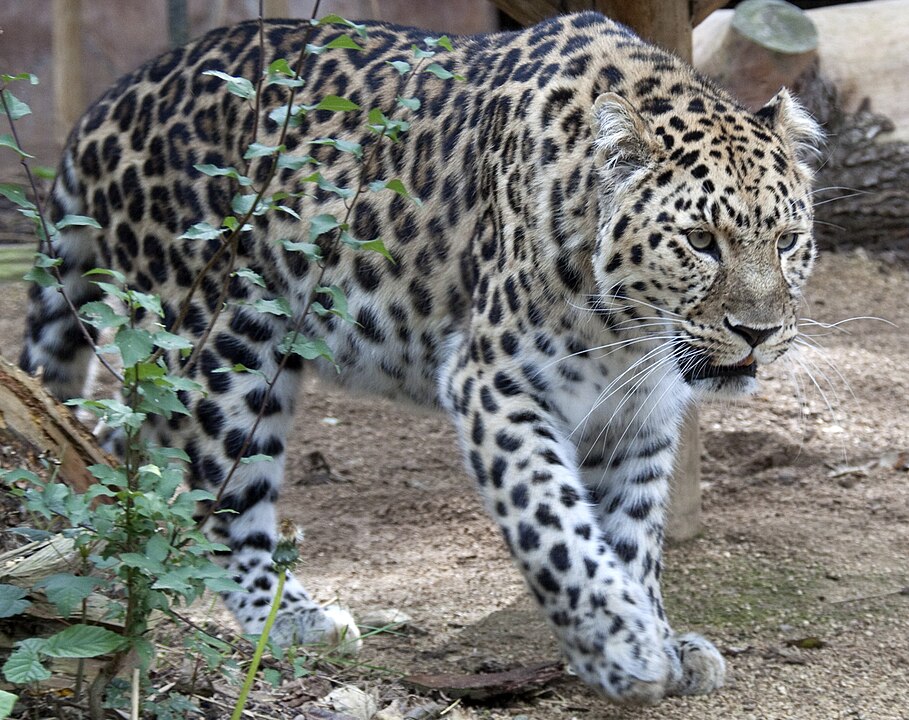
Amur leopards are hunted for their beautiful fur and bones. Habitat destruction and fragmentation further endanger them. With fewer than 100 individuals left in the wild, they are one of the world’s most endangered big cats, requiring urgent conservation efforts.
Giant Otters
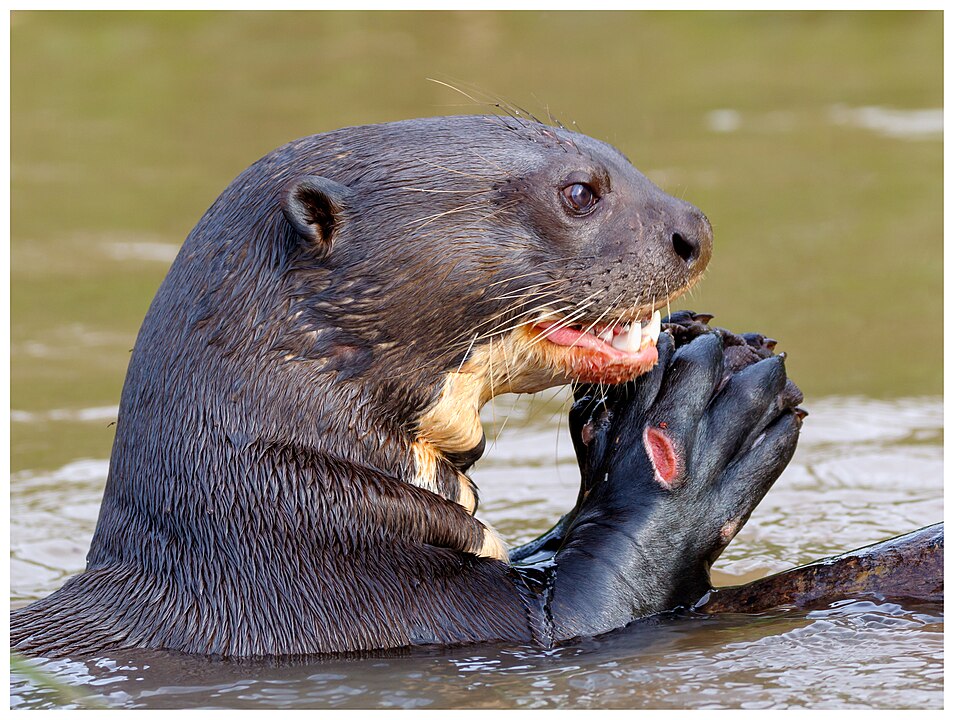
Giant otters are hunted for their fur, which is highly prized. They also face habitat destruction and pollution. Found in South America’s river systems, their populations have dwindled due to these threats, making them endangered and in need of protection.
This article originally appeared on UnifyCosmos.
More from UnifyCosmos
20 Indigenous Fruits and Creative Ways to Cook with Them

In this article, we’ll explore a selection of indigenous fruits and share creative ways to incorporate them into your dishes, bringing a fresh and authentic touch to your culinary creations. Read more!
22 Natural Remedies for Clear Skin

From soothing aloe vera to nourishing honey, these natural solutions can address common skin concerns. Discover how simple ingredients can promote clear, radiant skin without harsh chemicals. Read more!
20 Dieting Mistakes That Can Sabotage Your Health

In this article, we’ll explore some of the most common dieting mistakes that can sabotage your health and provide tips on how to avoid them. Understanding these pitfalls is essential for achieving your wellness goals safely and effectively. Read more!
Leave a Reply